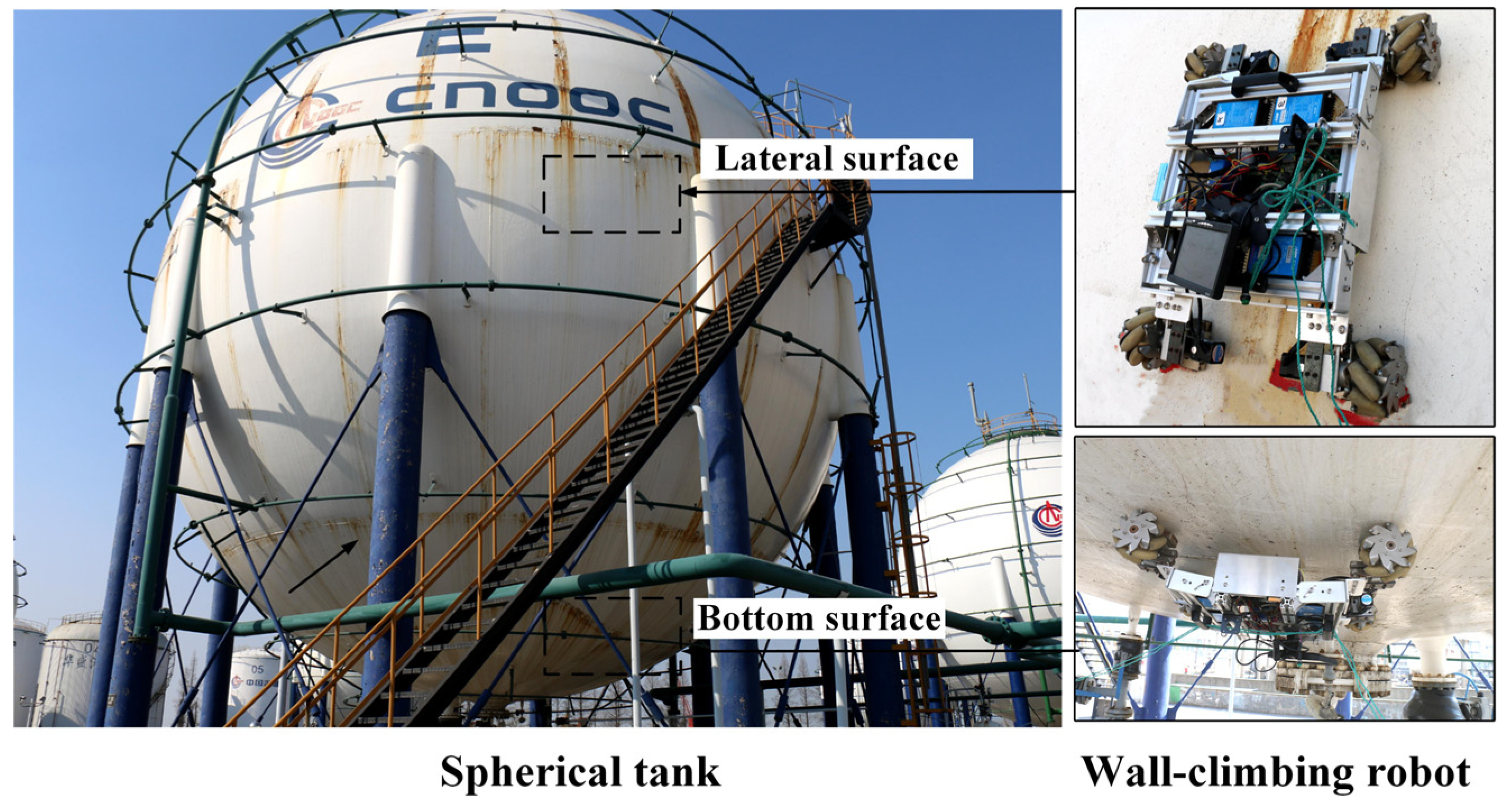An In-depth Overview of Tank Welding Assessment Requirements and Methodologies for Improved Weld High Quality and Performance
The value of welding examination standards in the manufacturing of storage tanks can not be overemphasized, as they work as the backbone for making sure weld honesty and operational reliability. Numerous evaluation techniques, including visual evaluations and progressed non-destructive screening approaches, are crucial in determining possible imperfections that might endanger performance. Adhering to regulative requirements not just enhances weld top quality but additionally reduces the danger of costly failures. As we check out the subtleties of these methodologies, it becomes vital to think about exactly how a methodical technique can reinvent present methods and result in substantial enhancements in end results.
Significance of Welding Evaluation Criteria

Welding evaluation criteria include a series of criteria, consisting of material specs, welding procedures, and certifications of employees associated with the welding process. By enforcing these criteria, organizations can methodically determine and remedy prospective flaws, consequently minimizing the possibility of pricey repair services or devastating failings. Strenuous evaluation techniques foster a society of accountability and precision, motivating welders to keep high degrees of craftsmanship.

Usual Welding Examination Techniques


Ultrasonic Checking (UT) is an additional common method, utilizing high-frequency audio waves to detect inner imperfections that might not be visible externally. This approach is specifically efficient for identifying gaps or additions within the weld metal. Magnetic Particle Examining (MT) is likewise widely made use of, specifically for ferromagnetic materials, as it reveals surface area and near-surface flaws with the application of electromagnetic fields and ferrous fragments.
Furthermore, Fluid Penetrant Screening (PT) spots surface-breaking issues by using a penetrant to the weld and then making use of a designer to extract the penetrant. Each of these methods adds to a thorough assessment technique, guaranteeing that welds satisfy the strict quality requirements needed in container building and construction.
Regulative Standards and Conformity
Regulatory criteria and compliance are essential parts in guaranteeing the security and reliability of welded frameworks in tank construction - Tank Welding Inspection. These criteria serve to develop minimum requirements for material properties, welding treatments, and evaluation techniques, consequently decreasing the threat of structural failings and improving general performance
Trick organizations, such as the American Society of Mechanical Designers (ASME) and the American Welding Culture (AWS), provide guidelines that are commonly taken on in the industry. Conformity with these criteria not only makes certain adherence to best practices however additionally satisfies lawful and legal obligations, protecting the passions of stakeholders.
Regulatory bodies commonly mandate adherence to details codes, such as ASME Code Section IX for welding certifications and API 650 for bonded containers. These codes outline requirements for welding techniques, certifications of workers, and view it now screening approaches to validate weld honesty.
Regular audits and inspections are vital to maintaining conformity, as they aid identify discrepancies from developed requirements. Non-compliance can lead to considerable charges, job delays, and security risks. Therefore, a robust understanding of regulative standards and a commitment to compliance are paramount in achieving top quality and resilient welded tank structures.
Non-Destructive Testing Methods
Just how can the stability of bonded structures be assured without causing damages? Non-destructive testing (NDT) methods supply a robust service, making it possible for assessors to examine weld high quality without compromising the material - Tank Welding Inspection. Amongst one of the most typical NDT methods are ultrasonic testing (UT), radiographic testing (RT), magnetic particle testing (MT), and color penetrant testing (PT)
Ultrasonic testing employs high-frequency acoustic waves to find interior defects and characterize product residential properties. It provides specific dimensions and is particularly effective for thick products. Radiographic testing involves passing X-rays or gamma rays via the weld, producing images that expose architectural flaws such as cracks or gaps. This technique is important for analyzing the stability of complex welds.
Magnetic fragment testing is matched for ferromagnetic materials, where electromagnetic fields expose surface area and near-surface suspensions. Dye penetrant screening uses a liquid color to highlight surface-breaking flaws, making it an efficient approach for non-porous materials.
Each of these NDT approaches has distinct advantages, enabling for extensive assessments customized to click here for info particular materials and welding procedures. By carrying out these techniques, markets can ensure the dependability and safety and security of welded structures, inevitably boosting overall efficiency.
Enhancing Weld Top Quality Through Examination
Efficient inspection plays an essential duty in boosting weld high quality, functioning as a vital checkpoint in the fabrication process. By determining possible defects early, evaluations alleviate the danger of endangered architectural integrity and guarantee conformity with market criteria. Using a mix of aesthetic examinations, non-destructive testing (NDT) methods, and mechanical evaluations, examiners can find concerns such as porosity, splits, and insufficient blend.
Applying a durable inspection protocol not only improves the total quality of welds but also fosters a society of accountability amongst welders and makers. Normal training and qualification of assessment workers guarantee that they are geared up with the required skills to recognize and resolve possible troubles effectively. This aggressive strategy lessens rework and connected expenses, ultimately contributing to predict performance.
Moreover, extensive documentation of inspection searchings for offers valuable understandings into persisting concerns, facilitating continuous enhancement in welding techniques. By leveraging innovative technologies, such as automated ultrasonic testing or digital radiography, weld quality can be improved with much more precise analyses. To conclude, a rigorous examination process is vital in achieving high-grade welds, making sure safety, dependability, and longevity in container fabrication.
Verdict
To conclude, the execution of rigorous storage tank welding inspection requirements and methodologies is necessary for ensuring weld integrity and efficiency. By making use of a mix of aesthetic examinations, non-destructive testing techniques, and adherence to governing standards, companies can properly identify and alleviate possible problems. Promoting a culture of responsibility amongst welders better enhances the high quality of welding procedures. Ultimately, these practices add to lowered structural failings, reduced repair work expenses, and boosted operational efficiency within the market. additional resources
Comments on “Just How to Make Certain Conformity with Tank Welding Inspection Standards”